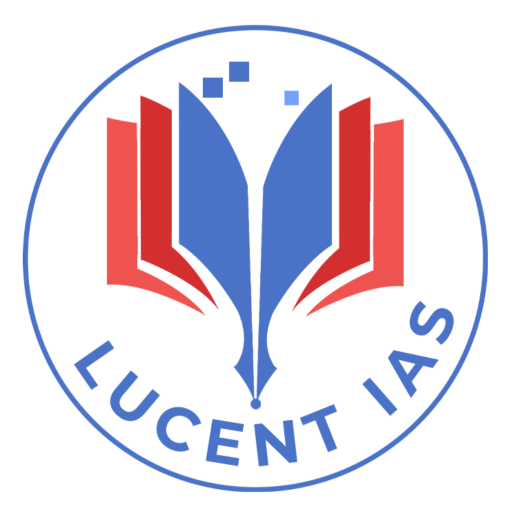Introduction
Ratan Tata’s commitment to fostering industrial growth and technological advancement in Assam marks a pivotal moment for the region. His initiative to promote semiconductor manufacturing is particularly significant in a landscape where technology plays a crucial role in economic development. As India seeks to position itself as a global leader in technology and innovation, the establishment of a semiconductor industry in Assam aligns with the nation’s broader technological goals, offering substantial benefits to the local economy.

Significance of Semiconductor Manufacturing in Assam | Ratan Tata
Strategic Importance
Semiconductors are essential components in a wide range of electronic devices, including smartphones, computers, and various industrial applications. As India faces a growing demand for electronic goods, establishing a semiconductor manufacturing facility in Assam is a strategic move that can help the country reduce its reliance on imports. This initiative not only addresses the domestic demand but also aligns with the “Make in India” campaign, aimed at boosting local manufacturing capabilities.
Economic Diversification
Promoting semiconductor manufacturing contributes to the economic diversification of Assam, traditionally reliant on agriculture and tea production. By investing in high-tech industries, Assam can create a more resilient economy, better equipped to withstand global economic fluctuations. This diversification is essential for the long-term sustainability and growth of the region.
Potential Benefits for the Local Economy
Job Creation
The establishment of a semiconductor industry is expected to create numerous job opportunities for the local population. It not only includes direct employment in manufacturing but also generates indirect jobs in supporting sectors such as logistics, supply chain management, and maintenance. This influx of jobs can help alleviate unemployment and provide stable incomes for many families.
Skill Development
Ratan Tata’s initiative emphasizes skill development and vocational training to prepare the local workforce for jobs in the semiconductor sector. Training programs can empower the youth with the necessary skills and knowledge, enabling them to secure well-paying jobs and contribute to the technological advancement of the region. This focus on education will foster a culture of innovation and entrepreneurship among the younger population.
Economic Stimulus
The semiconductor manufacturing facility is likely to attract investments from other technology companies, further stimulating the local economy. Increased business activity can lead to infrastructure development, such as improved transportation networks and utilities, benefiting various sectors. Moreover, local entrepreneurs can emerge to support the semiconductor industry through ancillary services and products.
Conclusion
Ratan Tata’s efforts to promote semiconductor manufacturing in Assam represent a transformative initiative with far-reaching implications. By aligning with India’s broader technological goals, this initiative not only addresses pressing economic needs but also fosters a sustainable and diverse economic landscape in Assam. The potential benefits—ranging from job creation to skill development—position the region for a brighter economic future.
Way Forward
To maximize the impact of this initiative, several steps should be taken:
- Infrastructure Development: Investment in necessary infrastructure, including transportation and utilities, is essential to support the semiconductor industry and related businesses.
- Partnerships with Educational Institutions: Collaborations with universities and technical institutes can ensure that the workforce is adequately trained to meet the industry’s demands.
- Government Support: Policies that incentivize investment in the semiconductor sector, such as tax breaks and subsidies, can attract more companies to set up operations in Assam.
- Promotion of Research and Development: Encouraging R&D initiatives will ensure that the semiconductor industry remains competitive and innovative, paving the way for future technological advancements.
Attempt the questions:
Here are some Public Service Commission (PSC) standard questions:
- Assess the impact of Ratan Tata’s healthcare initiatives in Assam, particularly through the Tata Medical Center. How have these initiatives transformed the healthcare landscape in the region?
- Discuss Ratan Tata’s role in modernizing Assam’s tea industry. What specific practices have been implemented to improve the conditions for tea workers and enhance the overall productivity of the sector?
- Analyze the contributions of Ratan Tata in the field of education and skill development in Assam. How do these initiatives support the region’s economic growth and empower its youth?
- Explore how Ratan Tata’s vision for inclusive and sustainable development has influenced local entrepreneurship in Assam. What measures have been taken to support local businesses, and how can this contribute to the state’s economic resilience?
- Reflect on the long-term implications of Ratan Tata’s philanthropic efforts in Assam. How do these initiatives lay the groundwork for future development, and in what ways can they inspire upcoming generations?

